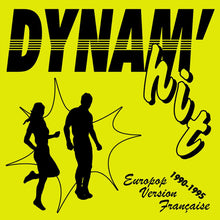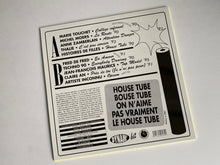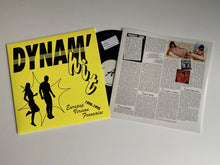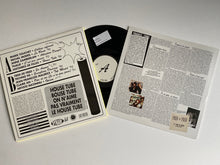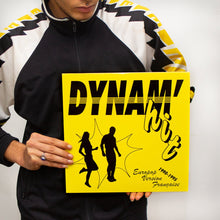
Born Bad Records / France / 2021
In early 1990s France, major radio networks like Fun Radio, NRJ, and Skyrock cemented their dominance, signaling the end of the “free radio” ideal and shaping the mainstream sound of the decade. Their airwaves amplified a hybrid of French variété and emerging dance music, a polished, radio-friendly form of house that was far removed from its underground, Chicago-born roots.
As house music spread across Europe—transformed by acid house in England and new beat in Belgium—it morphed into “dance music”, a mainstream, commercial phenomenon. In France, this sound became inseparable from pop culture: jingles, music TV, clubs, and advertisements all echoed the new electronic pulse.
This was a period of both mockery and fascination. Critics dismissed house as simplistic or “junk music,” yet its popularity grew relentlessly. Songs like House Tube parodied the genre’s repetition, while artists such as Fred de Fredsuccessfully merged French chanson with club beats.
Behind the scenes, two generations of producers coexisted: old-school studio veterans chasing quick hits, and new DIY producers recording from home, like Fred Rister, who would later collaborate with David Guetta on global successes.
The roots of this explosion trace back to figures like Dimitri from Paris and RLP, early DJs who remixed variété for clubs and spread house sounds through radio shows like Hot Mix. Meanwhile, the genre’s growing appeal produced unlikely stars—child singers like Jordy, or TV hosts like Vincent Lagaf, who turned dance beats into novelty hits.
Ultimately, this moment captures the collision between French pop and electronic avant-garde, between underground innovation and commercial spectacle. The resulting “house à la française” became both parody and prophecy—a bright, synthetic prelude to the French Touch movement that would soon conquer global dance floors.






